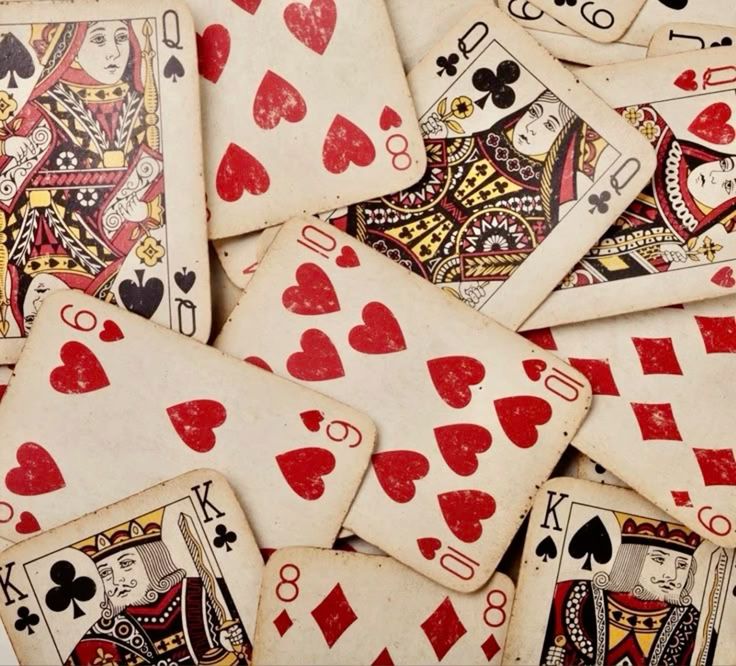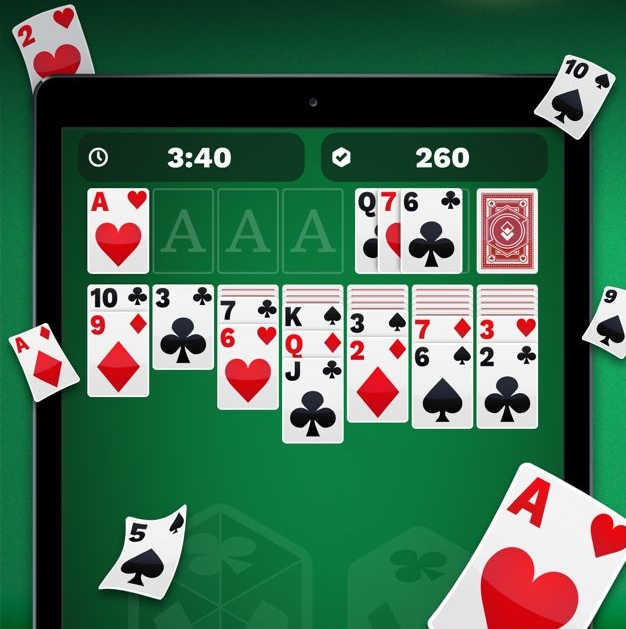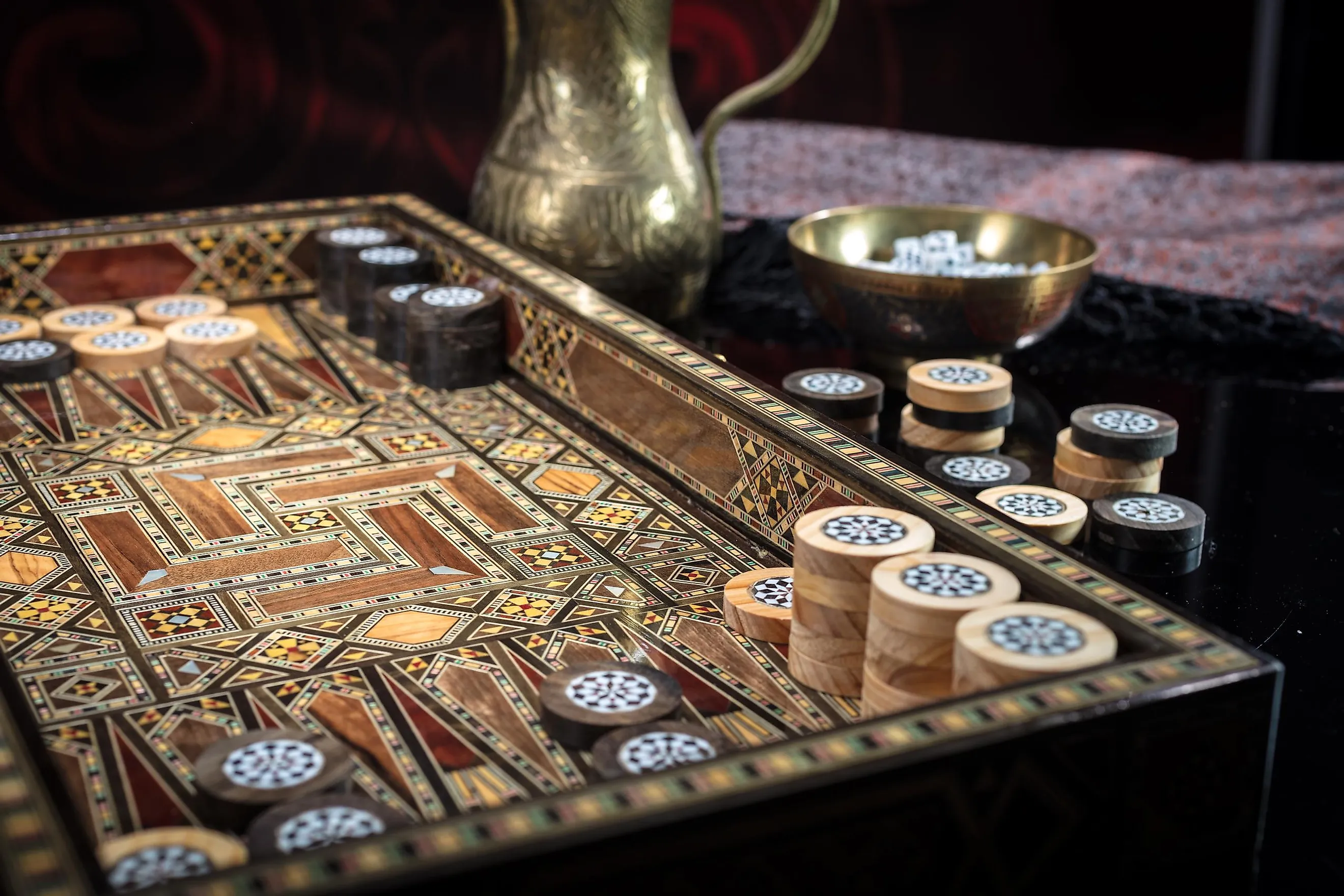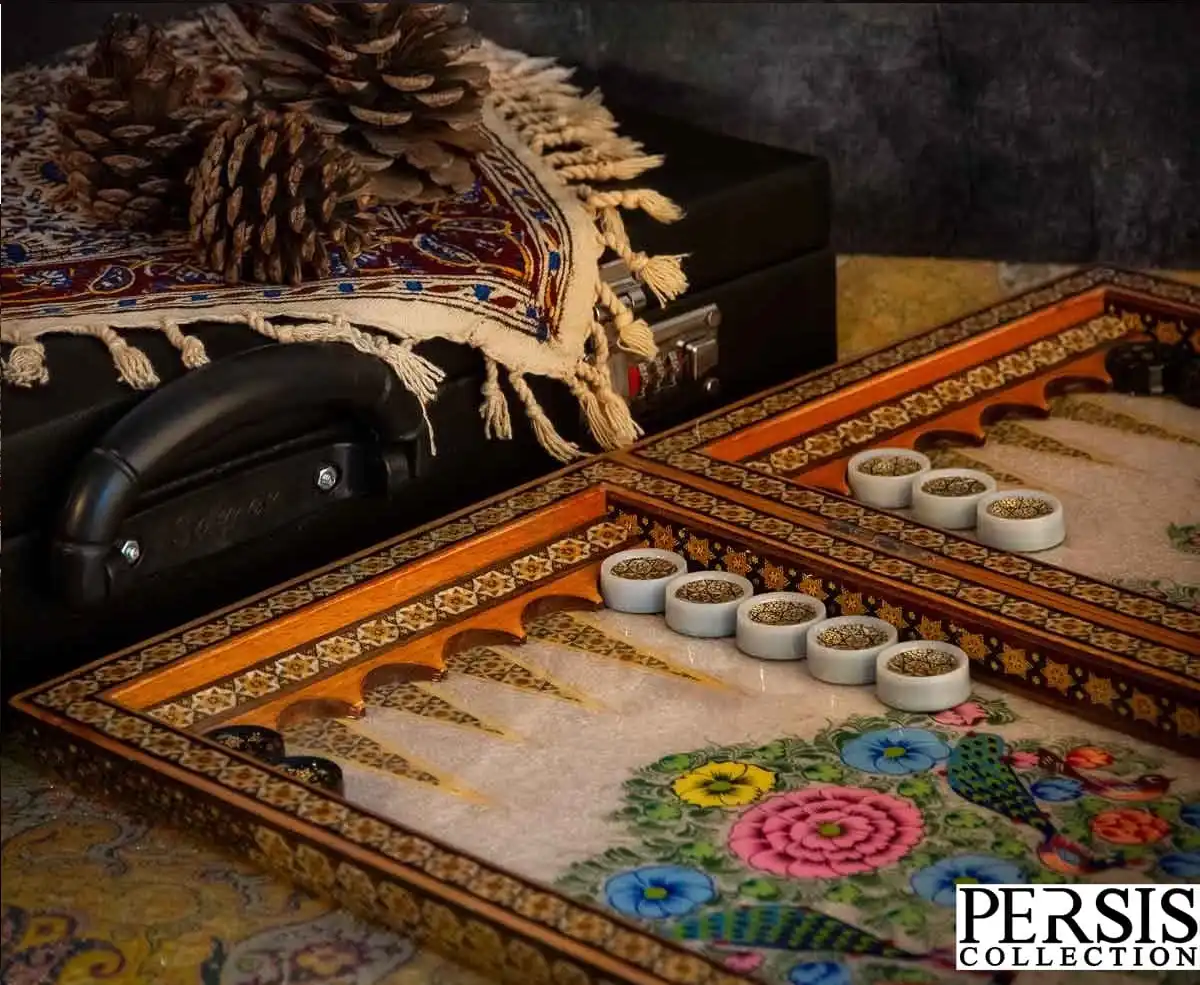Fortune Telling with Playing Cards

- maryam jafary
- 10 August 2025
- Game
- 4 minutes
Fortune Telling with Playing Cards: History, Methods, and Interpretation
Fortune telling with playing cards has been practiced for centuries, blending mysticism with entertainment. This form of card divination helps individuals gain insight into their lives, analyze personal situations, and predict future events. In this comprehensive guide, we’ll explore the history, techniques, and interpretations involved in playing card fortune telling.
History of Fortune Telling with Playing Cards
Historical Roots of Fortune Telling with Playing Cards
The origins of fortune telling with playing cards can be traced back to ancient Egypt, where it was closely associated with Thoth, the god of wisdom and knowledge. Thoth symbolized understanding and knowledge, and his influence was seen in the methods of divination practiced during that time. As centuries passed, playing cards became popular in Europe during the 14th century, and by the late 18th century, they had spread to Germany.
Before modern playing cards, Iran had a similar card game called Ganjafa, which resembled European card games. These early card games provided entertainment, but they also served as a tool for predicting the future and analyzing individual situations.

Spread of Fortune Telling with Playing Cards in Europe and Iran
Playing cards soon gained widespread popularity across Europe, especially in France and Germany. As the tradition of fortune telling with cards spread, it became a cultural phenomenon, practiced by both spiritual seekers and casual enthusiasts. In Iran, although Ganjafa was the precursor to playing cards, it eventually transformed into a method of fortune telling. Over time, the practice of using playing cards for predicting the future became common, particularly among youth and specific communities seeking answers to life’s most pressing questions.
How is Fortune Telling with Playing Cards Done?
Steps in Fortune Telling with Playing Cards
To practice fortune telling with playing cards, you need a standard deck of 54 cards. The deck consists of four suits: Hearts, Diamonds, Clubs, and Spades, each containing 13 cards from Ace to King. The person performing the reading should shuffle the cards with focus and intention, ensuring that the cards are infused with energy that will help in the interpretation.
Once shuffled, the cards are laid out in a specific pattern or layout. Common layouts include the three-card spread, which offers a quick answer to a question, or the more complex five-card spread. Each position in the layout carries a meaning that, when combined with the surrounding cards, reveals insights into different aspects of a person’s life.
Choosing a Layout and Interpreting the Cards
The layout of the cards significantly impacts how they are interpreted. For example, in the three-card spread, each card represents the past, present, and future. The five-card spread allows for deeper insight into relationships, career, and emotional challenges. More intricate layouts like the cross or pyramid spread provide more detailed analysis and are often used for more complex questions regarding various aspects of life.
Card divination can reveal crucial insights into matters such as love, career, health, and relationships. The meaning of each card is influenced by its position in the layout and its relationship with other cards, as well as the intuition and experience of the reader.
Interpreting the Cards in Fortune Telling with Playing Cards
Components of a Playing Card Deck
A standard deck of 52 playing cards is divided into four suits: Hearts, Diamonds, Clubs, and Spades. Each suit has 13 cards, starting from Ace (1) and going up to King. Each card has a specific meaning, and the combination of cards can help predict future events or clarify a person’s current situation. The suits and their meanings guide the interpretation of the reading.

Meanings of Cards in Each Suit
Hearts (دل): Hearts are typically related to emotional matters and feelings. This suit covers topics like love, friendship, happiness, and sorrow. Cards from this suit often indicate the emotional state of the person receiving the reading or the presence of significant relationships in their life.
Diamonds (خشت): Diamonds are associated with material wealth, financial success, career, and prosperity. Cards from this suit may point to career opportunities, financial growth, or changes in one’s economic circumstances.
Clubs (گشنیز): Clubs represent the intellectual and mental aspects of life. This suit is often tied to decision-making, logical thinking, and problem-solving. It can indicate a time of intellectual growth or mental challenges.
Spades (پیک): Spades are generally associated with obstacles, risks, and difficulties. Cards from this suit may indicate problems or challenges in the person’s life. They often signify worries, crises, or life challenges that must be overcome.
Interpretation of the Cards
Interpreting the cards involves analyzing both the individual card meanings and their relationships within the layout. For example, if the King of Hearts appears alongside the Ace of Clubs, it may signify a new emotional opportunity that also has financial or intellectual significance. On the other hand, a combination of Spades and Diamonds could indicate financial troubles or career challenges.
The skillful reader blends their understanding of card meanings with their intuition and the feelings they get from the card combinations to offer insightful predictions and advice. This is where the true power of card divination lies: in its ability to reveal hidden truths and offer guidance to those seeking clarity.










Comments